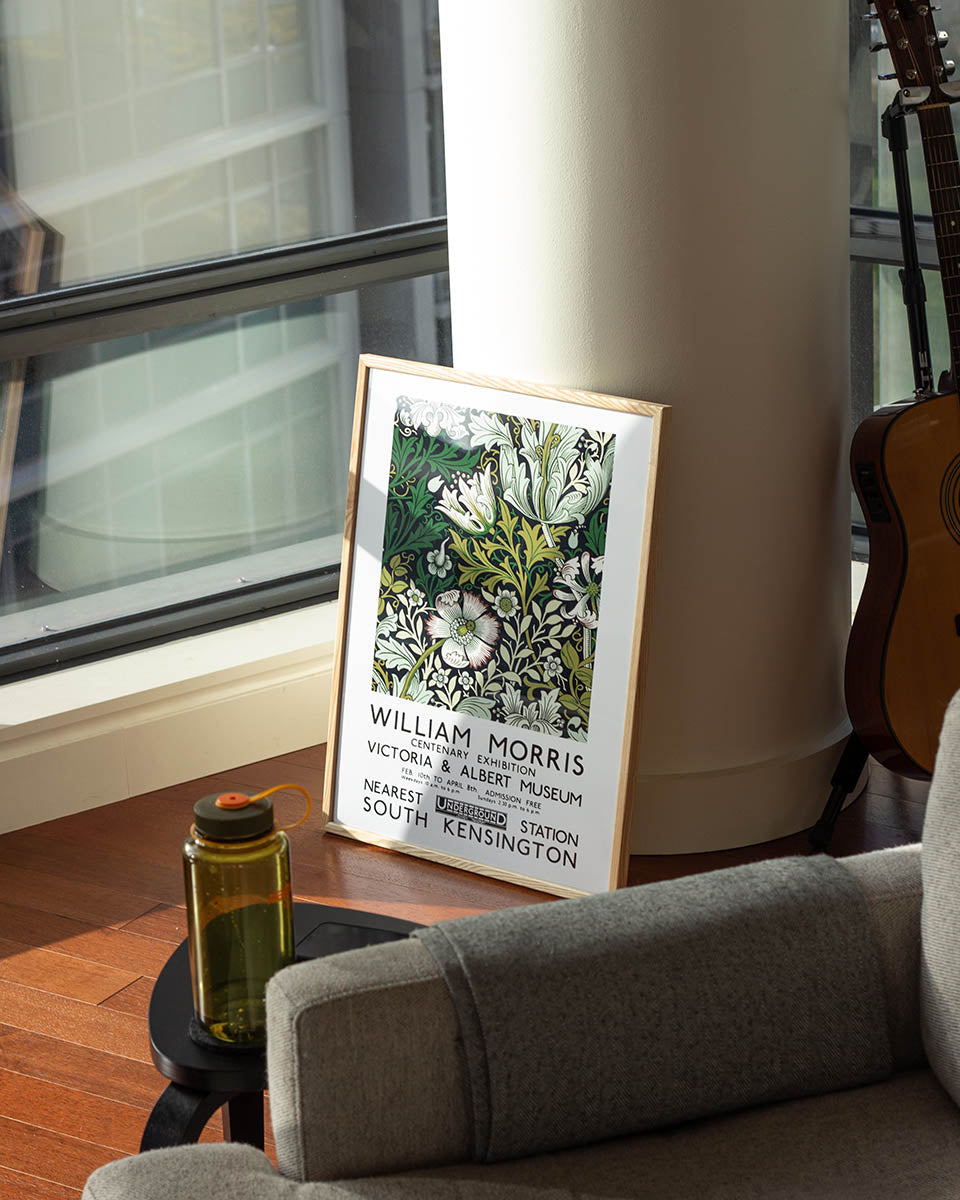
Ukiyo-e and Woodblock posters & prints: A Timeless Art Form in High Demand
Share
The art of ukiyo-e and woodblock prints has long captivated the hearts and minds of artists, collectors, and art enthusiasts worldwide. Emerging from Japan's Edo period (1603-1868), ukiyo-e, which translates to "pictures of the floating world," offers a unique window into the lives, culture, and spirit of a bygone era. This blog post explores the origins and significance of ukiyo-e, its most prominent artists, and why this traditional Japanese art form is experiencing a resurgence in popularity and trade.
What is Ukiyo-e and Woodblock Printing?

Ukiyo-e is a genre of Japanese art that encompasses paintings, but more popularly, woodblock prints. These prints portray subjects from the so-called "floating world," which refers to the transient, pleasure-seeking lifestyle associated with Japan's urban centers during the Edo period. These scenes often included depictions of kabuki actors, sumo wrestlers, courtesans, landscapes, and scenes from folklore and history.
Woodblock printing is a technique that involves carving an image onto a wooden block, applying ink to the raised surfaces, and pressing the block onto paper or fabric to create a print. This process enables the mass production of affordable and accessible art, making ukiyo-e a popular form of expression and a medium for social commentary.
The Meaning Behind Ukiyo-e
Ukiyo-e captures the essence of the "floating world" in a way that is both ephemeral and enduring. The term "ukiyo" originally referred to the Buddhist concept of the impermanence of life, but during the Edo period, it came to symbolize the pursuit of pleasure and entertainment amid the growing urbanization of Japan. Ukiyo-e art reflects the fascination with this fleeting world, capturing moments of beauty, excitement, and the everyday lives of people in Edo-period Japan.
Most Relevant Ukiyo-e Artists
Numerous artists contributed to the development of ukiyo-e, but some of the most celebrated and influential include:
-
Hokusai - Katsushika Hokusai was a prolific artist known for his diverse range of subjects and innovative techniques. His most iconic work, "The Great Wave off Kanagawa," is part of the series "Thirty-six Views of Mount Fuji." Hokusai's influence extended beyond Japan, inspiring European Impressionist artists such as Claude Monet and Vincent van Gogh.
-
Taguchi Tomoki - Taguchi Tomoki was a Japanese painter and printmaker who specialized in landscapes and genre scenes. His work is characterized by a delicate touch and a keen eye for the beauty found in everyday life. Tomoki's style bridged the gap between traditional ukiyo-e and modern artistic sensibilities, making his work both timeless and relevant to contemporary audiences.
-
Ogata Korin - Ogata Korin was a prominent painter and designer who played a crucial role in developing the Rinpa school of Japanese art. Although not an ukiyo-e artist per se, his influence on the genre is undeniable. Korin's bold, decorative style and his innovative use of color and composition had a lasting impact on ukiyo-e, as well as other forms of Japanese art.
-
Kamisaka Sekka - Kamisaka Sekka was a key figure in the revitalization of traditional Japanese arts during the late 19th and early 20th centuries. His work in ukiyo-e and other artistic mediums showcased a modern interpretation of classic themes, blending traditional Japanese aesthetics with contemporary influences from the West
-
Watanabe Seitei - Watanabe Seitei was a renowned Japanese artist known for his elegant and delicate bird-and-flower paintings, as well as his contributions to ukiyo-e. Seitei's work exhibits a harmonious blend of traditional Japanese techniques with elements of Western-style realism. His exquisite compositions and attention to detail made him a celebrated figure in both Japan and the international art community.
The Popularity and Trade of Ukiyo-e Today
In recent years, ukiyo-e has experienced a resurgence in popularity, driven by several factors:
-
Cultural Appreciation: As global interest in Japanese culture and history grows, so does the appeal of ukiyo-e, which offers unique insights into the lives and values of the Edo period. Collectors and art enthusiasts are increasingly drawn to the craftsmanship and visual storytelling of these prints.
-
Aesthetic Influence: Ukiyo-e has had a lasting impact on modern art and design. The art form's influence can be seen in contemporary graphic design, illustration, and animation, sparking renewed interest in its origins.
-
Digital Accessibility: The digitization of ukiyo-e collections from museums and libraries worldwide has made these works more accessible than ever before. High-quality images of ukiyo-e prints are readily available online, allowing art enthusiasts to discover and appreciate this art form from the comfort of their own homes.
-
Rarity and Investment: As original ukiyo-e prints become scarcer, their value as collectibles and investments increases. Art collectors are eager to acquire these unique pieces of history, driving up demand and prices in the art market.
-
Exhibitions and Events: Major museums and galleries worldwide continue to organize exhibitions dedicated to ukiyo-e, attracting a broader audience and raising awareness of this distinctive art form.

